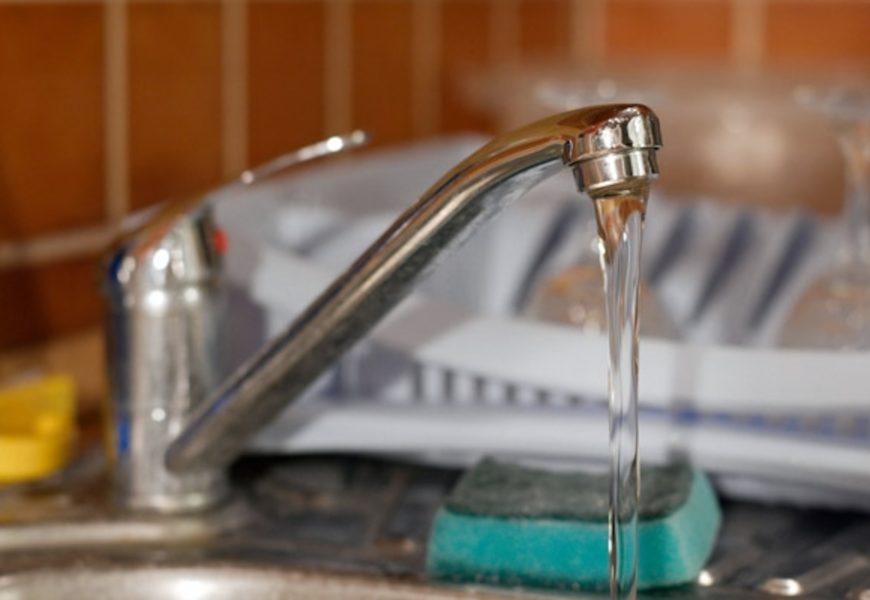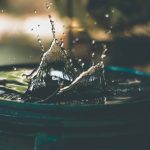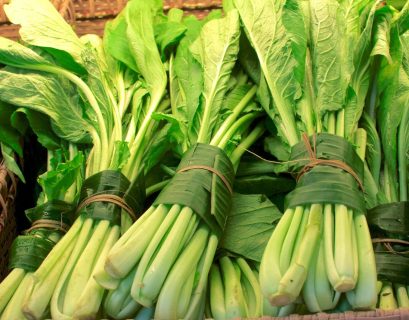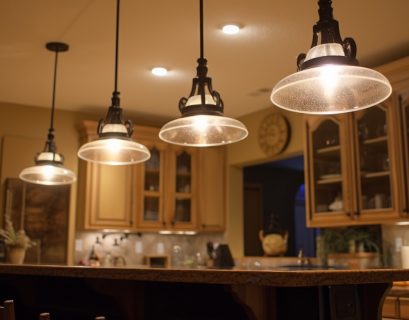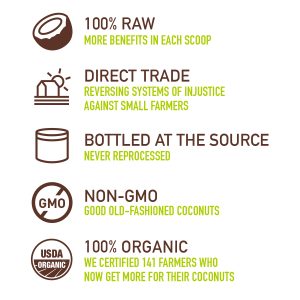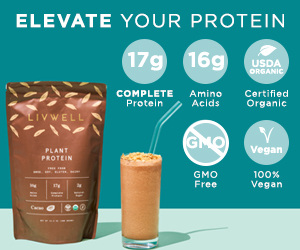In the heart of every home, the kitchen serves as a bustling hub where daily activities unfold. Amidst the hustle and bustle, water often flows freely, yet its conservation is crucial for both environmental sustainability and personal economy. In this article, we’ll explore practical strategies that individuals can adopt to minimize water usage and promote water conservation in their kitchens, turning every drop into a conscious contribution towards a more sustainable future.
1. Install Water-Efficient Faucets:
a. Benefits:
- Reduced Flow Rates: Water-efficient faucets feature lower flow rates, delivering the same functionality with less water consumption.
- Savings on Water Bills: Lower water usage directly translates to reduced water bills, making water-efficient faucets a cost-effective and sustainable choice.
- Simple Installation: Many water-efficient faucets can be easily installed without the need for extensive plumbing changes.
b. Considerations:
- Choose Quality Products: Look for faucets with WaterSense certification or similar standards to ensure water efficiency without compromising performance.
- Opt for Motion-Activated Faucets: Motion-activated faucets can further reduce water waste by ensuring water is only dispensed when needed.
2. Fix Leaks Promptly:
a. Benefits:
- Prevent Water Waste: Addressing leaks promptly prevents the unnecessary loss of water, conserving this precious resource.
- Savings on Water Bills: Fixing leaks reduces water bills, as you only pay for the water you intentionally use.
b. Considerations:
- Regular Check-Ups: Conduct regular checks on faucets, pipes, and under-sink plumbing to catch and repair leaks early.
- Professional Assistance: For persistent or hidden leaks, consider seeking professional plumbing assistance to identify and address the issue.
3. Upgrade to Water-Efficient Dishwashers:
a. Benefits:
- Lower Water Consumption: Modern dishwashers are designed to use less water while maintaining effective cleaning performance.
- Energy Efficiency: Water-efficient dishwashers often go hand in hand with energy efficiency, contributing to overall sustainability.
- Convenience and Time-Saving: Dishwashers save time and effort compared to washing dishes manually, encouraging consistent usage and water conservation.
b. Considerations:
- Choose ENERGY STAR Appliances: Look for dishwashers with the ENERGY STAR label, indicating adherence to energy and water efficiency standards.
- Operate Dishwasher with Full Loads: Maximize efficiency by running the dishwasher only when it is fully loaded.
4. Adopt Smart Water Practices While Washing:
a. Benefits:
- Conscious Water Usage: Adopting mindful practices while washing dishes by turning off the tap during scrubbing or soaking reduces water waste.
- Water Savings Over Time: Small changes in daily habits accumulate over time, resulting in significant water savings.
b. Considerations:
- Scrape Instead of Pre-Rinse: Instead of pre-rinsing dishes, scrape off excess food into the trash. Modern dishwashers are designed to handle this without the need for extensive pre-rinsing.
- Use a Basin for Washing: Fill a basin or sink with soapy water for washing dishes rather than letting the tap run continuously. This approach conserves water by using only what is necessary.
5. Implement Water-Efficient Cooking Practices:
a. Benefits:
- Optimized Water Usage: Adjusting cooking methods, such as steaming or using minimal water for boiling, reduces overall water usage.
- Preserving Nutrients: Water-efficient cooking methods help retain the nutritional value of foods by minimizing nutrient loss in excessive water.
b. Considerations:
- Steam Instead of Boil: Steam vegetables rather than boiling them to retain nutrients and reduce water consumption.
- Reuse Cooking Water: When possible, reuse cooking water for other purposes, such as watering plants or in soups and sauces.
6. Capture and Reuse Water:
a. Benefits:
- Utilize Greywater: Capture and reuse greywater (lightly used water from washing dishes or hands) for non-potable purposes like watering plants or flushing toilets.
- Reduced Strain on Municipal Systems: By reusing water within the household, there is less demand on municipal water treatment systems.
b. Considerations:
- Install Greywater Systems: Explore the installation of greywater systems that safely capture and distribute reused water for various purposes.
- Avoid Contaminants: Be cautious not to capture water with contaminants that could harm plants or compromise hygiene.
7. Choose Water-Efficient Appliances:
a. Benefits:
- Conserved Water Resources: Appliances such as refrigerators and ice makers designed for water efficiency contribute to overall water conservation in the kitchen.
- Energy Efficiency: Water-efficient appliances often align with energy efficiency, promoting a holistic approach to resource conservation.
b. Considerations:
- Look for Water-Efficient Features: When purchasing new appliances, prioritize those with water-efficient features to minimize environmental impact.
- Regular Maintenance: Ensure appliances are well-maintained to prevent leaks and maintain optimal efficiency.
8. Educate and Involve Household Members:
a. Benefits:
- Collective Water Consciousness: Educating family members about the importance of water conservation fosters a collective commitment to mindful water usage.
- Shared Responsibility: When everyone in the household is aware of and actively contributes to water conservation efforts, the impact is more significant.
b. Considerations:
- Create Water-Saving Habits: Establish water-saving habits together, such as turning off the tap while brushing teeth or using the dishwasher efficiently.
- Engage in Discussions: Regularly discuss the importance of water conservation and share success stories or challenges to maintain awareness.
9. Harvest Rainwater for Various Uses:
a. Benefits:
- Natural Resource Utilization: Harvesting rainwater provides an alternative source for non-potable water needs in the garden or for cleaning purposes.
- Reduction of Demand on Municipal Systems: Utilizing rainwater reduces the demand on municipal water systems, especially during non-drought periods.
b. Considerations:
- Install Rain Barrels: Position rain barrels strategically to capture rainwater runoff from roofs for subsequent use.
- Regular Maintenance: Clean rain barrels periodically to prevent sediment buildup and ensure the water remains suitable for intended uses.
10. Stay Informed and Advocate for Water Conservation:
a. Benefits:
- Informed Decision-Making: Staying informed about water conservation practices and technologies empowers individuals to make conscious decisions.
- Advocacy for Policy Change: Actively advocating for water conservation measures at the community or municipal level contributes to broader environmental sustainability.
b. Considerations:
- Join Community Initiatives: Participate in or support community initiatives focused on water conservation, fostering a sense of shared responsibility.
- Stay Updated on Local Water Policies: Be aware of and advocate for local water policies that promote responsible water usage and conservation.
Conclusion:
Every action, no matter how small, contributes to the collective effort of water conservation. By implementing water-efficient practices in the kitchen, individuals not only reduce their environmental impact but also play a vital role in building a sustainable future. From simple changes in faucet choices to adopting mindful cooking and cleaning practices, the journey to minimize water usage starts with awareness and commitment. As individuals embrace these practices, the kitchen transforms into a space where every drop is valued, contributing to a healthier planet for future generations.

